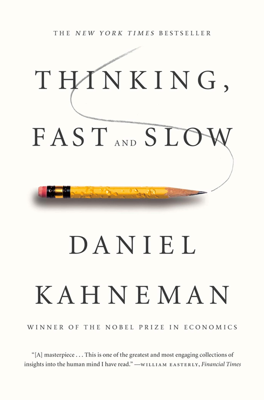The Engine of Capitalism
Optimistic Bias and Its Consequences
Optimistic bias is common and influences our perception of risks and abilities, coloring the world more benignly than reality might warrant. This bias often leads to an exaggerated belief in personal abilities and a diminished perception of potential risks.
Traits and Impacts of Optimism
- Inherited Trait: Optimism is largely genetic, linked to overall well-being, and includes a tendency to see positive aspects of various situations.
- Advantages: Optimists enjoy several life benefits: better general health, resilience to hardships, lower chances of depression, and possibly longer life spans.
- Role in Success: Optimists tend to rise to significant roles, such as entrepreneurs or leaders, driven by an inclination to seek challenges and take risks.
Entrepreneurial Optimism
- High Failure Awareness: Entrepreneurs often underestimate the high failure rates associated with startups (about 65% in five years for small U.S. businesses).
- Self-assessment Bias: Entrepreneurs overwhelmingly believe in their own success (81% rate their success likelihood at 7 out of 10 or higher) and are likely to proceed with business ventures despite knowing the grim statistics.
- Perseverance in Adversity: While an optimistic outlook helps in overcoming obstacles, it also leads to increased financial losses when entrepreneurs persist after receiving negative business assessments.
Overconfidence in Decision-Making
- Widespread in Risk-taking: This cognitive bias isn't confined to entrepreneurs; it extends to financial officers and other professionals who display overconfidence without accurate self-assessment, affecting judgments and decisions seriously.
- Impact of Social Perception: Professionals avoid admitting uncertainties which is perceived as a weakness, hence they may convey more confidence than warranted.
- Financial Market Example: Studies have shown that financial experts, like CFOs, provide overly confident market forecasts, which are later proven incorrect more consistently than not.
Mechanisms and Correction of Optimistic Bias
- Systemic Features: Factors contributing to overconfidence include focusing on goals and plans while underestimating risks and neglecting competition, driven by the System 1 cognitive bias of WYSIATI (what you see is all there is).
- Competition Neglect: Firms often ignore competitive actions while planning, which leads to excessive market entries and generally poorer than anticipated performance outcomes.
- Premortem Exercise: A technique proposed by Gary Klein that involves envisioning a future in which a plan has failed disastrously, helping to highlight potential oversights and underappreciated risks.
Conclusion on Optimism and Economic Implications
- Mixed Blessings: While optimism fuels economic dynamism and can lead to personal resilience and success, unbridled optimism, especially when detached from realistic assessments, often results in overconfidence and poor decision-making.
- Role of Organizations: Organizations may mitigate overconfident optimism more effectively than individuals by institutionalizing practices like the premortem to counteract cognitive biases and foster a more accurate understanding of reality.
